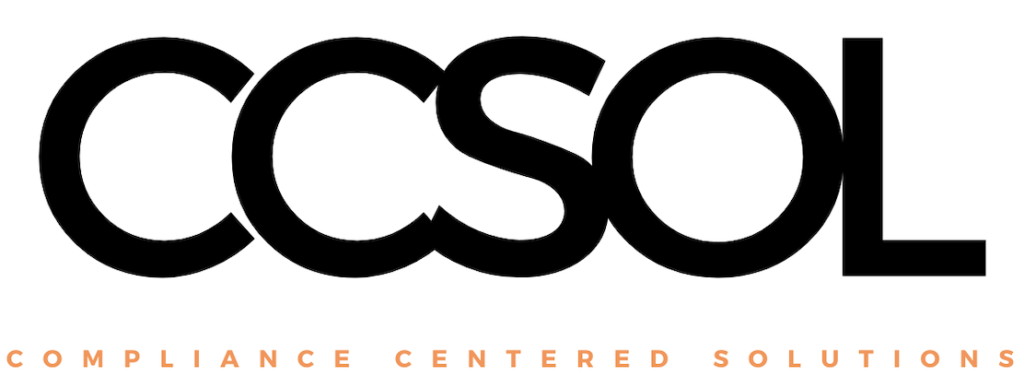
Fit for Purpose Training and Assessment
15/11/2022
By Jim Munro
Anyone in the training industry that knows me will be aware that “Fit for Purpose” has been my mantra for more years than I can remember.
I would like to cover off on several “issues” that we often misinterpret when developing assessment material and these are:
1. Competency-based training
2. What is competence?
3. Quality versus fit for purpose
4. Legislation
5. Developing fit for purpose assessment tools
Competency-Based Training

Competency-based training (CBT) is a misnomer, it should be simply competency-based assessment (CBA) and, before you develop any training material, you must define the outcome that you are looking for and the outcome is the assessment/s
What is Competence?
Here are definitions that have been ignored by some (by and large) for the past 20 years. This is where the rot set in – the following definition comes directly from the original BSZ package as a requirement for every unit of competence:
“Competency in this unit needs to be assessed over a period of time, in a range of contexts and on multiple occasions involving a combination of direct, indirect and supplementary forms of evidence”
For the resource sector the RII package implementation guide reads:
“Competency covers all aspects of workplace performance and involves:
– performing individual tasks
– managing a range of different tasks
– responding to contingencies or breakdowns
– dealing with the responsibilities of the workplace, including working with others.
Workplace competency is the ability to apply relevant skills and knowledge consistently over time and in the required workplace situations and environments”
We simply do not apply these definitions correctly and, in fact, we still see the monkey see monkey do approach to CBA.
Quality Versus Fit for Purpose
I was asked to present at an industry (resources sector) conference 20 years ago and the topic selected for me was “Developing Quality Training and Assessment Material”.
I struggled with the concept of quality because it is very subjective, as an example, if you look at the two images and suggested that they pick one for their everyday family vehicle, most people will choose the Mercedes and, their web site makes the claim, “An extraordinary testament to the quality, design and technology of this outstanding car” And “All products are optimally matched to your vehicle – and of course feature Mercedes Benz quality”.
However, if you were to say – the vehicle will be used to drive into an opencut mine to transport equipment to the workforce, I would suggest that most people (I hope) would select LV90.


This led me to ponder the question – Quality versus Fit for Purpose which led me to discover Dr Joseph Moses Juran.
Dr. Joseph Moses Juran (December 24, 1904 – February 28, 2008) was a Romanian-born American engineer and management consultant. He is principally remembered as an evangelist for quality and quality management, having written several influential books on those subjects.
Dr. Joseph Juran definition of Quality “fitness for intended use” Or “fit for purpose”
Oxford Dictionary definition of Quality “the standard of something as measured against other things of a similar kind; the degree of excellence of something”
Legislation

We often fall into the trap of developing our training and assessment tools to meet a legislative requirement and somehow believe that is achieving a quality outcome, however, legislation, whilst necessary, plays little part in developing competent, safe, productive, and proficient workers regardless of if it is your industry legislation or ASQA legislation.
Developing Fit for Purpose Assessment Tools
This is the easy part, but first a couple of musts:
Do NOT look at the unit of competence when writing your assessment instruments – if you write to the unit, you will get people with a competency – NOT competent people!
You cannot assess (and by definition) train in isolation i.e., all assessment and training material can only be holistically developed whether you recognise this in your mapping or not.
The simple part
You Must (no exception) create your assessment to the task/role i.e.
1. What does that task/role demand?
2. What must the candidate know
3. What must they demonstrate (and how often, and under what conditions/circumstances; and
This is the most important component WHY – why do they need to know this – why do they need to demonstrate this in this manner?
Once you have done this, often with content expert guidance, then and only then do you map and you will find that you not only meet the criteria, performance evidence and knowledge evidence, you will exceed.
As I said, simple.
Final Thoughts
My closing statements, which I am sure some will say is the arrogance of an opinionated old man; are:
If you are training TAE and you are not teaching this – then you are teaching TAE incorrectly.
If you are developing training and assessment material for industry and/or an RTO and you are not doing it this way – you also are wrong.
